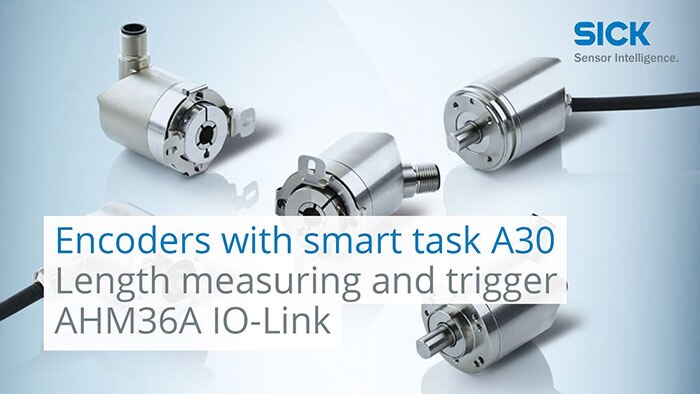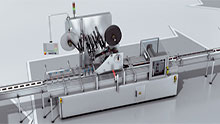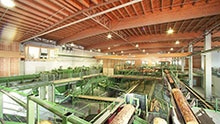New applications, incredible potential
Traditional encoder systems also have many applications in the beverage industry, and can therefore take on new automation tasks. To date, the AHM36 IO-Link absolute encoder from SICK has been used to determine conveyor positions and speeds. IO-Link now opens up the possibility of easily combining the encoder with a simple photoelectric sensor, for example to also count the bottles in the passing flow of product. A limit value – like a certain number of bottles – can be set, which when reached initiates an action. This might involve, for example, actuating a conveyor switch. The triggering of a response or setting of a trigger signal occurs directly within the encoder, that is, not indirectly via a controller.
Since the signal generated by the Smart Task comes directly from the encoder, no additional control unit is required in this case either. The ability to count bottles does not depend on the production speed. The combination of devices linked via IO-Link is configured using the SICK Engineering Tool SOPAS. This intuitive-to-use software can be used to parameterize, configure and diagnose almost all sensors and systems from SICK. SOPAS makes life easy for the user by automatically detecting and linking the sensors connected to the system.
In conclusion, the example applications presented here illustrate how intelligent sensors communicating via IO-Link offer a simple means of exploiting potential efficiency gains and simplifying the overall automation process.




